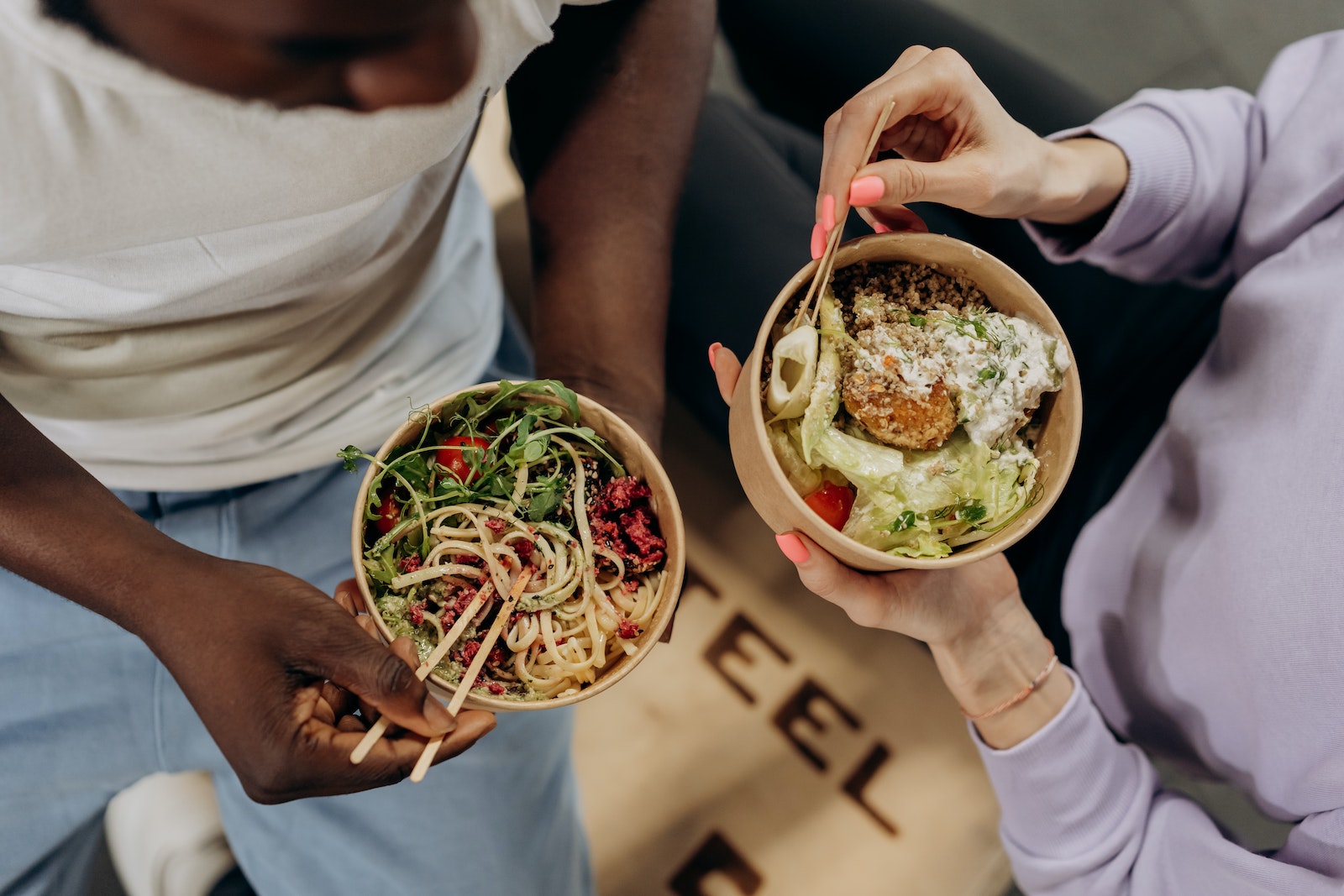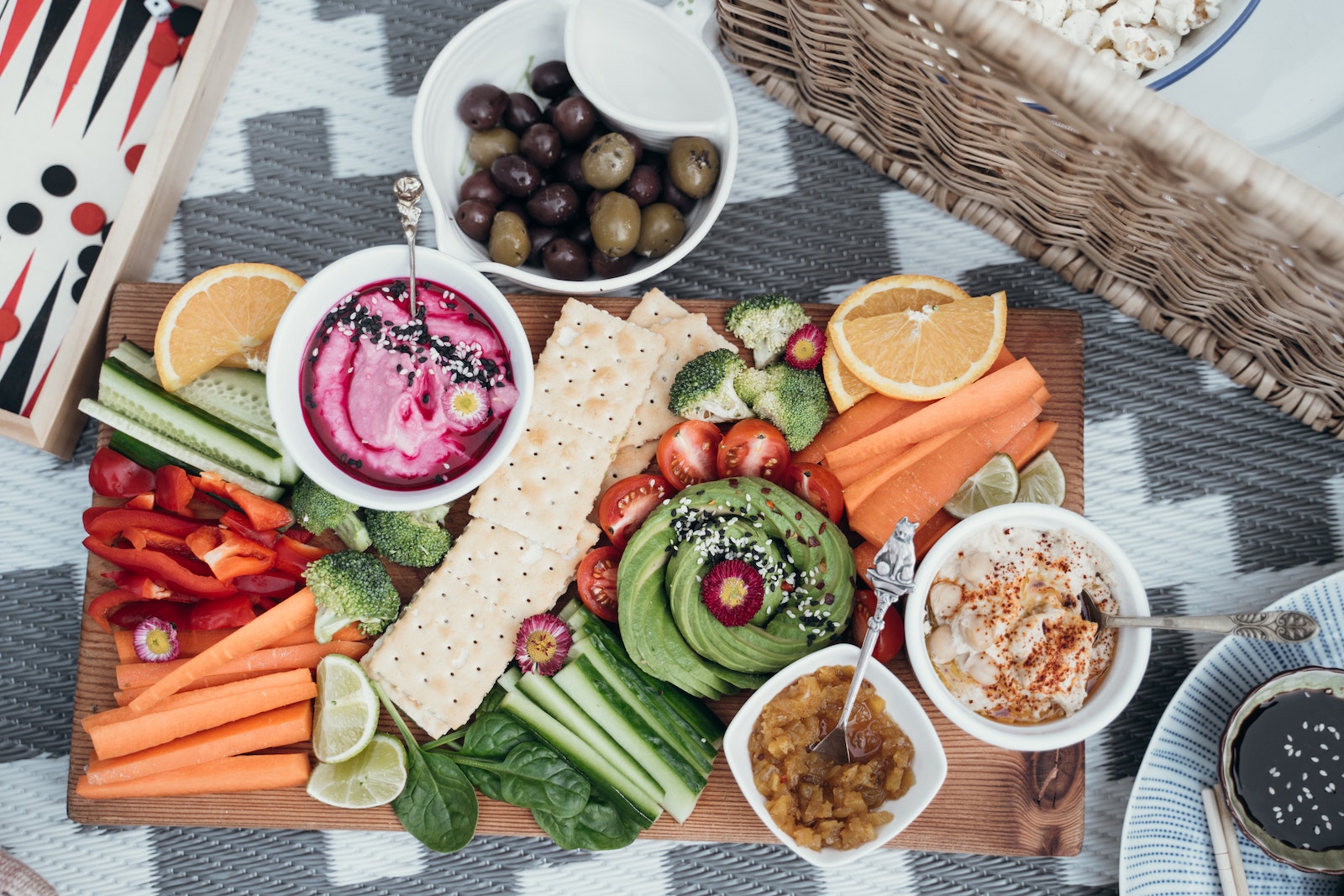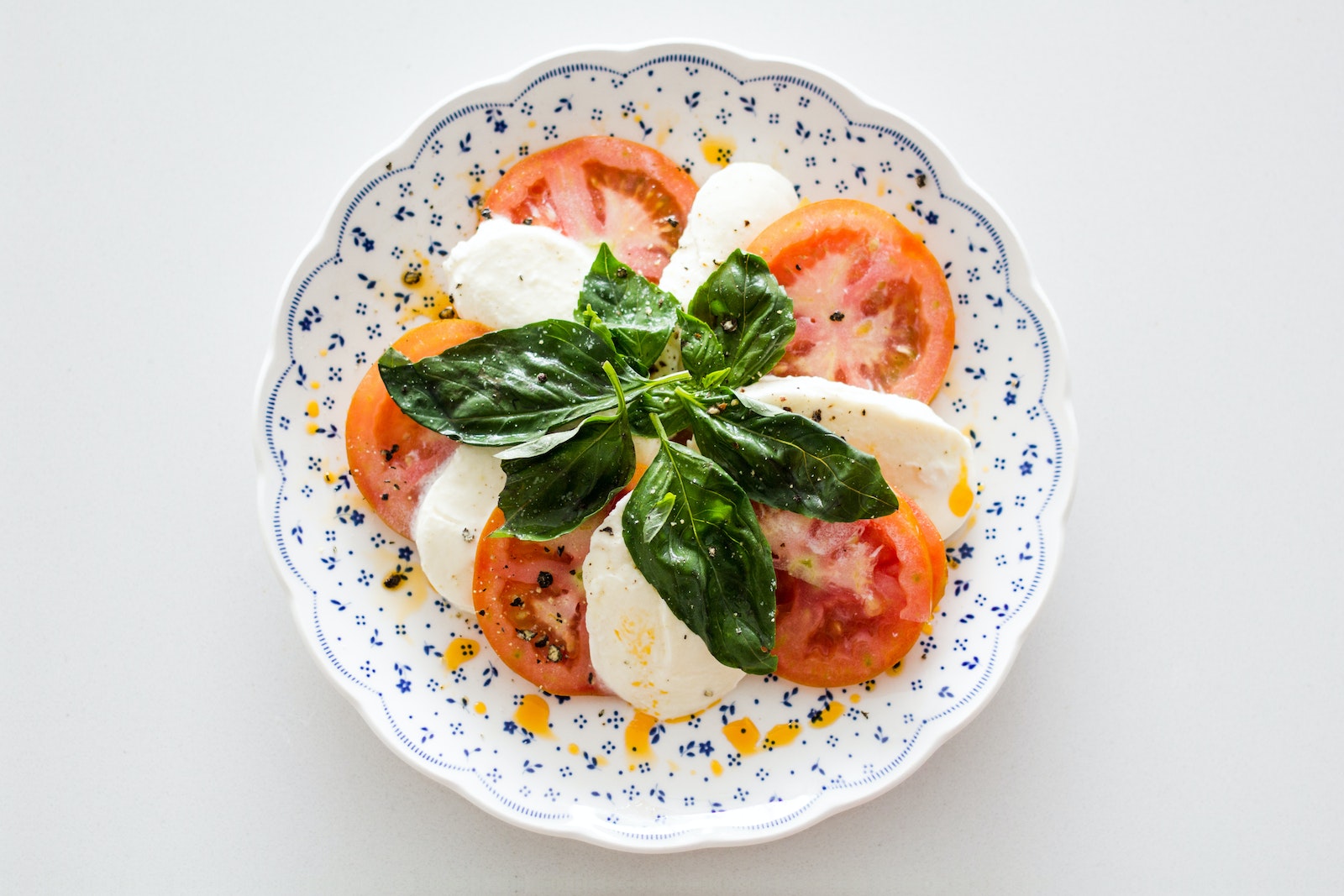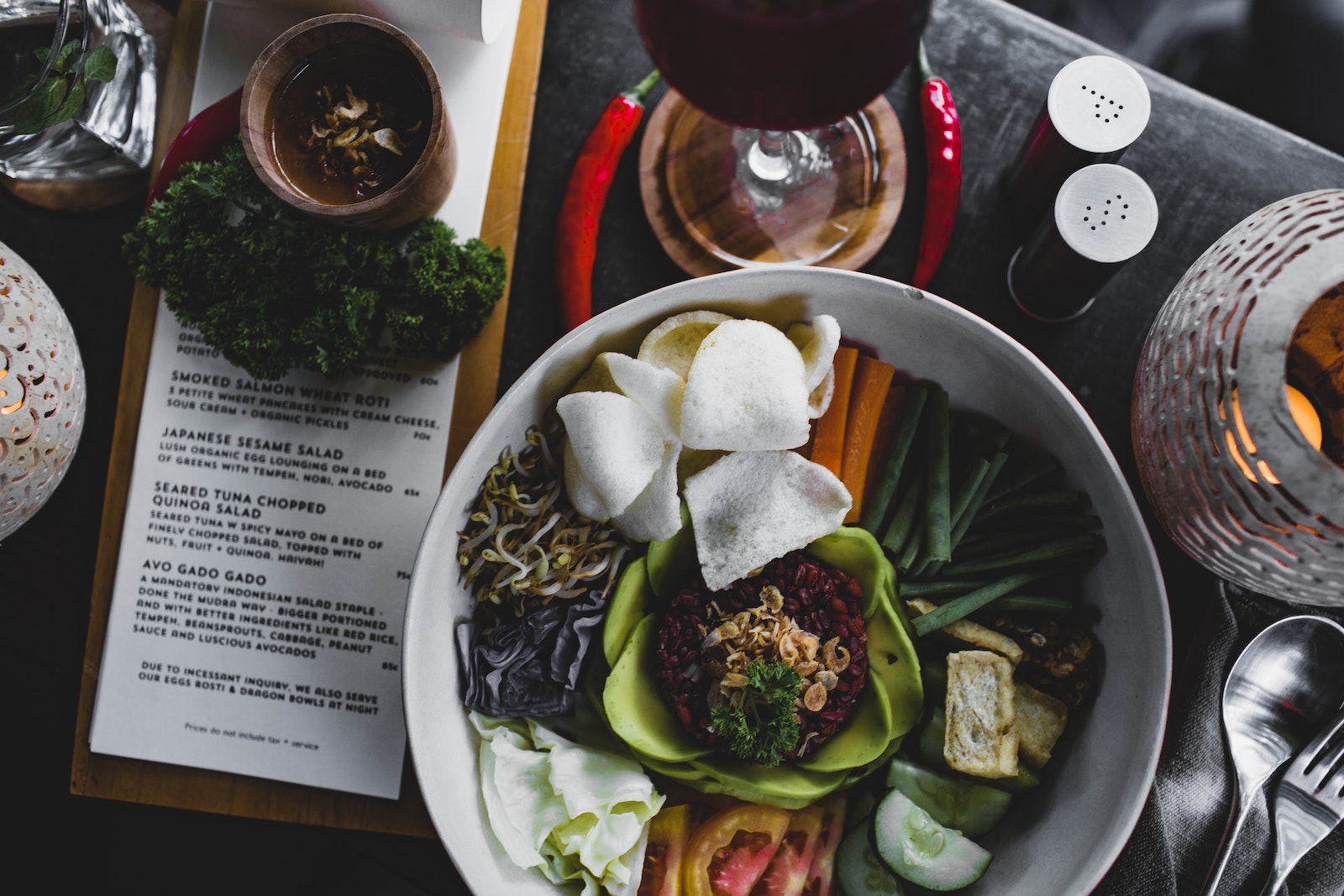Are you a vegetarian looking to follow a ketogenic diet? If so, you might be wondering if it’s possible to follow both at the same time. The answer is yes! A vegetarian keto diet can be a healthy and sustainable way to lose weight, improve your energy levels, and support your overall health.
In this comprehensive guide, we’ll explore everything you need to know about following a vegetarian keto diet, including its benefits, risks, and challenges. We’ll also provide tips for getting started, meal prep ideas, low-carb vegetarian protein sources, and much more.
What is a Vegetarian Keto Diet?
A vegetarian keto diet is a low-carb, high-fat, and moderate-protein diet that eliminates meat and poultry. Instead, it focuses on plant-based sources of protein and healthy fats to help your body enter a state of ketosis, where it burns fat for fuel instead of glucose.
Benefits of a Vegetarian Keto Diet
There are several benefits to following a vegetarian keto diet, including:
Weight loss
A ketogenic diet has been shown to promote weight loss by reducing hunger, increasing satiety, and boosting metabolism.
Improved insulin sensitivity
A vegetarian keto diet can improve insulin sensitivity, which can help reduce the risk of type 2 diabetes and improve blood sugar control.
Better heart health
A vegetarian keto diet can help lower triglyceride levels, reduce inflammation, and improve cholesterol levels, all of which can benefit heart health.
Increased energy levels
By reducing your intake of carbohydrates, you may experience fewer energy crashes and more sustained energy throughout the day.
Brain health
Ketones produced during ketosis have been shown to have neuroprotective effects, which may benefit brain health.
Risks and Challenges of a Vegetarian Keto Diet
While a vegetarian keto diet can offer many health benefits, it’s important to be aware of the potential risks and challenges. These include:
Nutrient deficiencies
Eliminating meat can make it more challenging to get enough protein, iron, and vitamin B12, which are essential for overall health.
Increased fat intake
A vegetarian keto diet is high in fat, which can increase the risk of heart disease if unhealthy fats are consumed.
Difficulty getting into ketosis
It can be more challenging to enter ketosis on a vegetarian keto diet since plant-based sources of protein and fat are generally lower in saturated fat.
Social challenges
Following a vegetarian keto diet can be challenging in social situations where high-carb and meat-based foods are commonly served.
Getting Started with Vegetarian Keto Diet
If you’re interested in trying a vegetarian keto diet, here are some tips to help you get started:
Research and plan
Before starting a vegetarian keto diet, it’s important to do your research and plan your meals in advance. Look for vegetarian keto recipes and meal plans to get an idea of what your meals will look like.
Focus on healthy fats
Since a vegetarian keto diet is high in fat, it’s important to choose healthy fats such as avocados, nuts, seeds, and olive oil.
Incorporate low-carb vegetables
Vegetables such as leafy greens, broccoli, cauliflower, and zucchini are low in carbs and can help you meet your nutrient needs.
Use vegetarian protein sources
Plant-based sources of protein such as tofu, tempeh, legumes, and nuts can help you meet your protein needs.
Consider supplements
Since a vegetarian keto diet can be low in certain nutrients, consider taking supplements such as vitamin B12, iron, and omega-3 fatty acids.
Vegetarian Keto Meal Prep Ideas
Meal prep is an essential tool for success on a vegetarian keto diet. Here are some meal prep ideas to help you get started:
Easy Vegetarian Keto Meal Prep Recipes
- Cauliflower Fried Rice: This recipe is a low-carb alternative to traditional fried rice that’s both vegetarian and keto-friendly. It’s made with cauliflower rice, eggs, vegetables, and spices.
- Zucchini Noodle Pasta: This recipe replaces traditional pasta with zucchini noodles, making it low-carb and keto-friendly. It’s topped with a creamy avocado sauce and cherry tomatoes.
- Broccoli and Cheddar Soup: This soup is made with broccoli, cheddar cheese, and heavy cream, making it both vegetarian and keto-friendly.
Low-Carb Vegetarian Breakfast Ideas
- Avocado and Egg Toast: This breakfast is simple and delicious. Top a slice of low-carb bread with mashed avocado and a fried egg.
- Tofu Scramble: Tofu scramble is a great alternative to scrambled eggs. Mix crumbled tofu with vegetables, spices, and nutritional yeast for a tasty breakfast.
- Chia Pudding: Chia seeds are a great source of healthy fats and protein. Mix them with almond milk, vanilla extract, and your choice of sweetener for a delicious breakfast pudding.
Vegetarian Keto Lunch Options
- Lettuce Wraps: Fill lettuce leaves with your choice of vegetarian protein, such as tofu, tempeh, or lentils, and top with avocado, vegetables, and a keto-friendly sauce.
- Cauliflower Crust Pizza: Use cauliflower crust as a low-carb alternative to traditional pizza crust, and top it with your favorite vegetarian toppings.
- Greek Salad: Top a bed of greens with cucumbers, tomatoes, olives, feta cheese, and a keto-friendly dressing for a refreshing and filling lunch.
Delicious Vegetarian Keto Dinner Recipes
- Portobello Mushroom Burgers: Use portobello mushrooms as a low-carb alternative to bread and top with avocado, cheese, and vegetables for a satisfying vegetarian keto dinner.
- Eggplant Lasagna: Use eggplant slices as a low-carb alternative to traditional lasagna noodles and layer with cheese, vegetables, and a keto-friendly tomato sauce.
- Tofu and Vegetable Stir-Fry: Use tofu as your protein source and stir-fry with low-carb vegetables and a keto-friendly sauce for a quick and easy vegetarian keto dinner.
Tasty Vegetarian Keto Snacks and Desserts
- Almond Butter Fat Bombs: These bite-sized snacks are made with almond butter, coconut oil, and cocoa powder, making them high in healthy fats and perfect for a vegetarian keto diet.
- Cucumber and Cream Cheese Rolls: Cut cucumber slices into thin strips, spread cream cheese on top, and roll up for a low-carb and keto-friendly snack.
- Chocolate Avocado Mousse: This dessert is made with avocados, cocoa powder, and sweetener, making it both healthy and delicious.
Low-Carb Vegetarian Protein Sources
Getting enough protein is important on a vegetarian keto diet. Here are some plant-based sources of protein to incorporate into your meals:
- Tofu: Tofu is a great source of protein and can be used in a variety of dishes, such as stir-fries, salads, and soups.
- Tempeh: Tempeh is a fermented soy product that’s high in protein and can be used in place of meat in many recipes.
- Legumes: Vegetarian-friendly legumes such as lentils, chickpeas, and black beans are high in protein and can be used in soups, stews, and salads.
High-Fat Vegetarian Foods to Include in Your Diet
Since a vegetarian keto diet is high in fat, it’s important to choose healthy sources of fat. Here are some high-fat vegetarian foods to include in your diet:
- Avocado: Avocado is a great source of healthy fats and can be used in salads, sandwiches, and as a topping for many dishes.
- Nuts and Seeds: Nuts and seeds such as almonds, walnuts, chia seeds, and flaxseeds are high in healthy fats and can be used as a snack or added to meals.
- Coconut Oil: Coconut oil is a healthy source of fat and can be used for cooking or added to smoothies and other dishes.
Dairy-Free Vegetarian Keto Meal Options
If you’re following a dairy-free vegetarian keto diet, there are still plenty of options for meals. Here are some ideas:
- Coconut Milk Curry: Use coconut milk as a base for a flavorful curry with vegetables and tofu.
- Vegan Cheese: There are now many options for vegan cheese that can be used on pizzas, in quesadillas, and as a topping for salads.
- Nut-Based Sauces: Use nuts such as cashews and almonds to make creamy sauces for pasta, vegetables, and more.
Vegetarian Keto Meal Prep Tips
Meal prep can be a game-changer on a vegetarian keto diet. Here are some tips to help you plan and prepare your meals in advance:
- Plan your meals in advance: Take some time each week to plan out your meals for the week ahead. This will help you stay on track and avoid last-minute decisions that may not fit your vegetarian keto diet.
- Prep ingredients in advance: Chop vegetables, cook grains, and prepare sauces in advance to save time during the week.
- Use meal prep containers: Invest in meal prep containers to store your meals and snacks for the week in the fridge or freezer.
- Batch cook: Cook large batches of meals and freeze them in individual portions for easy grab-and-go meals during the week.
- Choose versatile ingredients: Choose ingredients that can be used in multiple meals throughout the week, such as roasted vegetables, cooked grains, and tofu.
Vegetarian Keto Meal Ideas by Cuisine
There are many delicious vegetarian keto meal options from different cuisines. Here are some ideas to inspire your meal planning:
- Vegetarian Keto Indian Recipes: Try dishes such as saag paneer, chana masala, and cauliflower rice biryani.
- Vegetarian Keto Mexican Recipes: Try dishes such as cauliflower rice taco bowls, guacamole, and roasted vegetable fajitas.
- Low-Carb Vegetarian Italian Recipes: Try dishes such as zucchini lasagna, eggplant parmesan, and caprese salad.
- Vegetarian Keto Thai Recipes: Try dishes such as coconut curry, spicy stir-fry with vegetables and tofu, and Thai basil fried rice.
- Vegetarian Keto Japanese Recipes: Try dishes such as miso soup, seaweed salad, and vegetable sushi rolls.
- Low-Carb Vegetarian Korean Recipes: Try dishes such as kimchi fried rice, bibimbap with tofu, and Korean-style vegetable pancakes.
- Vegetarian Keto Middle Eastern Recipes: Try dishes such as tabbouleh, falafel, and hummus with vegetables.
- Low-Carb Vegetarian African Recipes: Try dishes such as African peanut stew, Moroccan vegetable tagine, and lentil and vegetable soup.
A vegetarian keto diet can be a healthy and sustainable way to improve your overall health and support weight loss. By focusing on plant-based sources of protein and healthy fats, you can enjoy a variety of delicious and nutritious meals. Use the tips and meal prep ideas in this guide to help you get started on your vegetarian keto journey. Remember to consult with a healthcare professional before starting any new diet.
FAQs (Frequently Asked Questions)
1. What is a vegetarian keto diet?
A vegetarian keto diet is a low-carb, high-fat diet that focuses on consuming primarily vegetarian sources of protein, such as nuts, seeds, and dairy products. This type of diet involves reducing carbohydrate intake to a minimum and replacing it with high-fat foods to achieve a state of ketosis, where the body burns fat for energy instead of carbohydrates.
2. What are some benefits of a vegetarian keto diet?
A vegetarian keto diet can help with weight loss, improved blood sugar control, increased energy levels, and reduced inflammation in the body.
3. Can I eat grains on a vegetarian keto diet?
Most grains are high in carbohydrates and are not typically consumed on a vegetarian keto diet. However, some lower-carb grains such as quinoa, millet, and buckwheat can be eaten in moderation.
4. What types of foods should I eat on a vegetarian keto diet?
Healthy fat sources such as nuts, seeds, avocado, and coconut oil should be the main focus of a vegetarian keto diet, along with low-carb vegetables like leafy greens, cauliflower, broccoli, and zucchini. Vegetarian sources of protein like tofu, tempeh, and seitan can also be included.
5. Can I still eat fruit on a vegetarian keto diet?
Fruits are generally higher in carbohydrates and natural sugars, making them a less ideal food choice for those following a vegetarian keto diet. However, some lower-carb fruits like berries can be consumed in moderation.
6. How can I ensure I am getting enough protein on a vegetarian keto diet?
Including high-protein vegetarian foods such as tofu, tempeh, seitan, and low-carb dairy products like cheese and yogurt can help ensure you are getting enough protein on a vegetarian keto diet.
7. Can I still eat dairy products on a vegetarian keto diet?
Yes, dairy products like cheese, yogurt, and butter can be consumed on a vegetarian keto diet, as they are high in fat and low in carbs.
8. How can I meal prep for a vegetarian keto diet?
Preparing meals in advance can help ensure you stay on track with your vegetarian keto diet. Focus on meal prepping high-fat dishes like salads with avocado, cauliflower rice bowls with tofu or tempeh, and low-carb vegetable soups.
9. Are there any supplements I should take while following a vegetarian keto diet?
Supplements like magnesium, omega-3 fatty acids, and vitamin D can be beneficial for those following a vegetarian keto diet, as they are commonly deficient in these nutrients.
10. Can I still eat out while following a vegetarian keto diet?
Yes, many restaurants offer vegetarian and keto-friendly options that can be combined to create a satisfying meal. Look for dishes that feature healthy fats, low-carb vegetables, and vegetarian protein sources like tofu or tempeh.












Leave a Reply